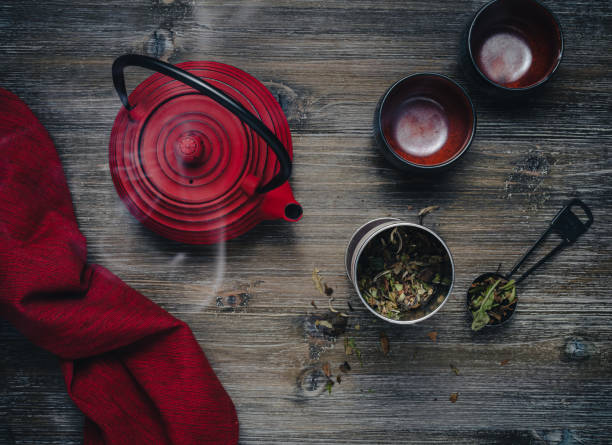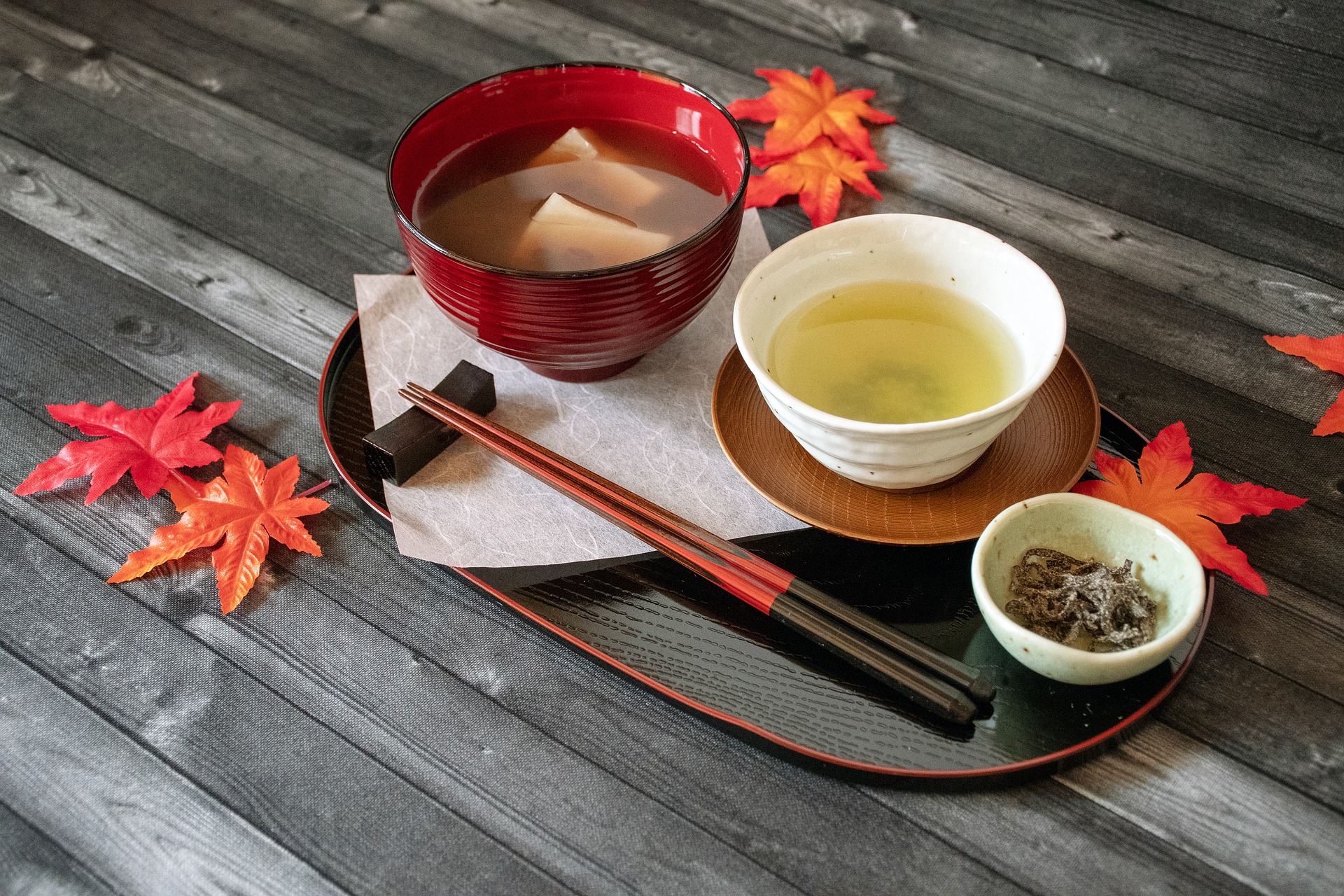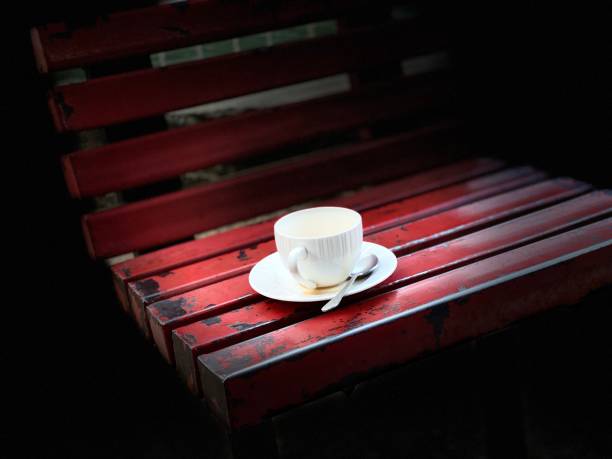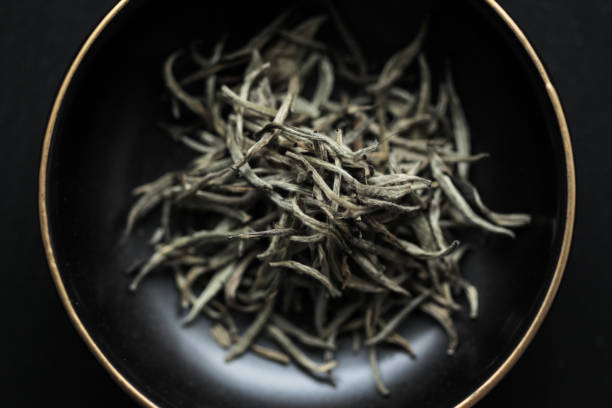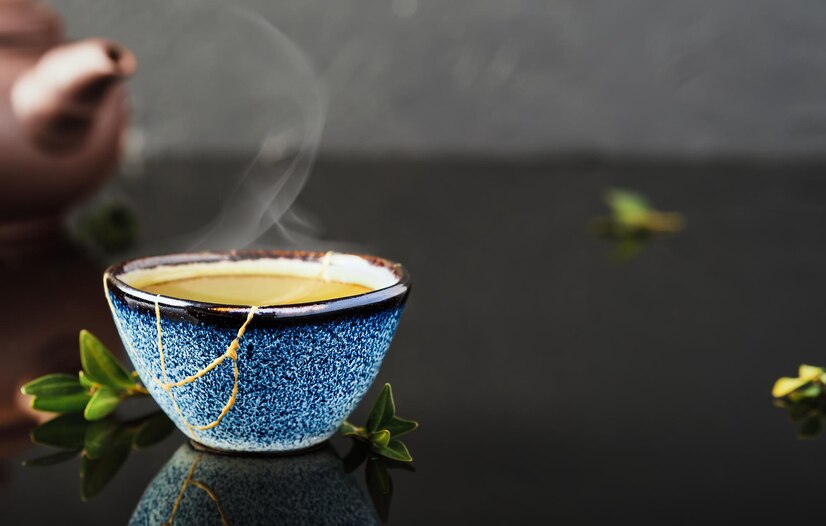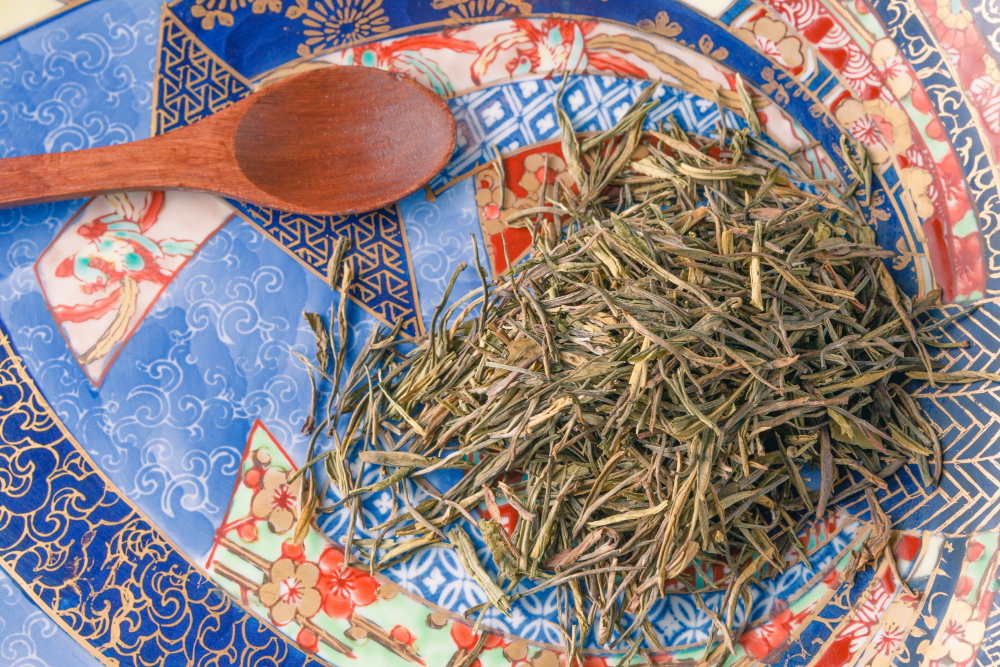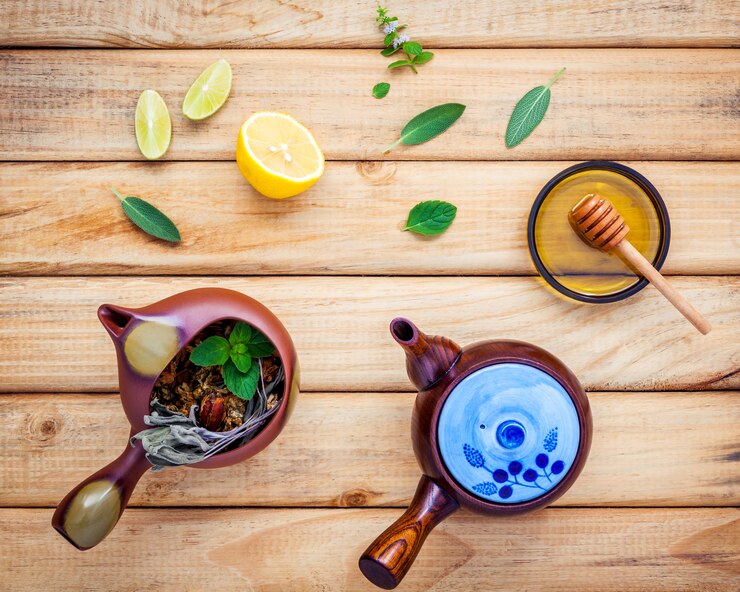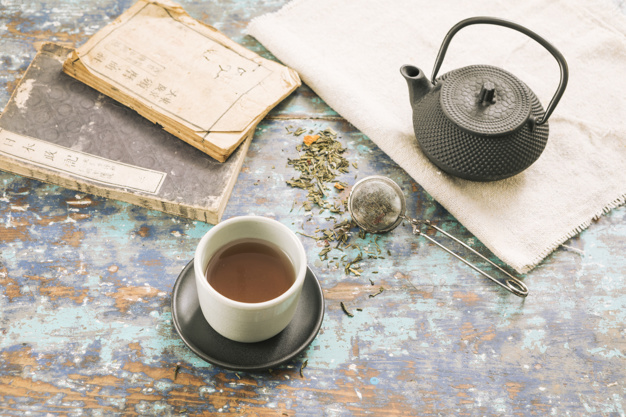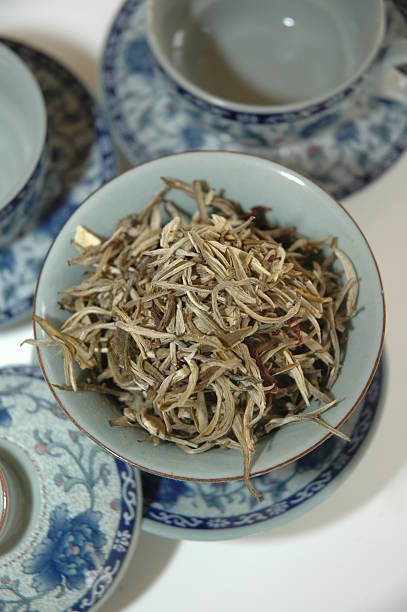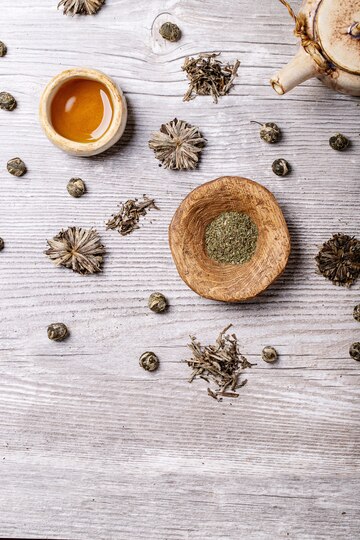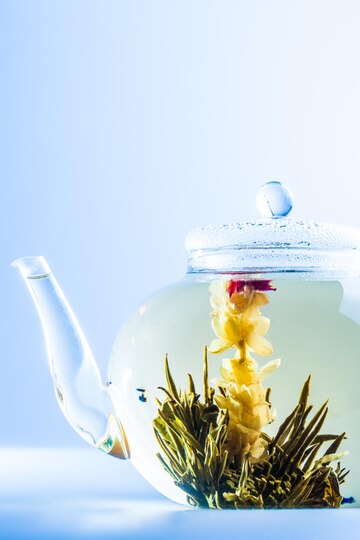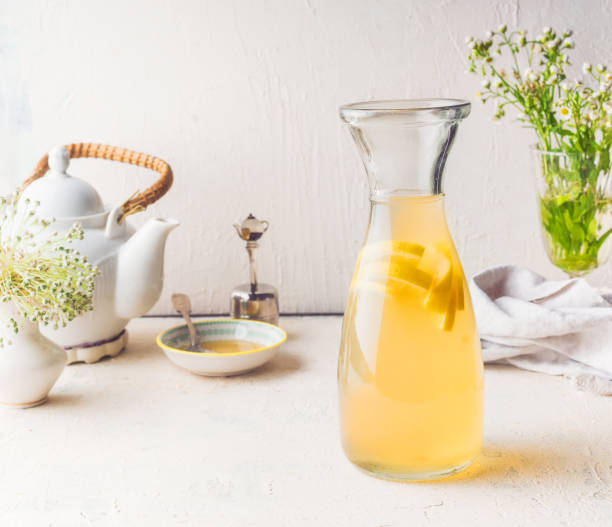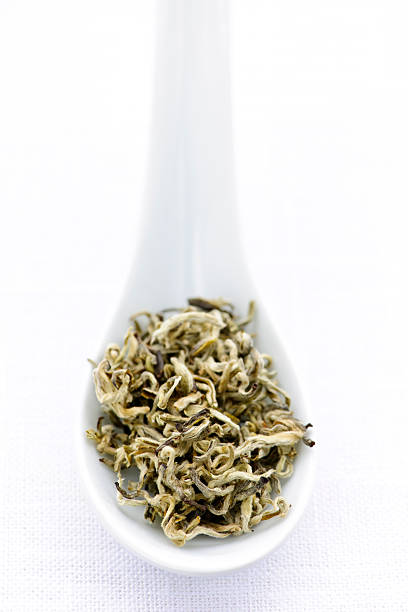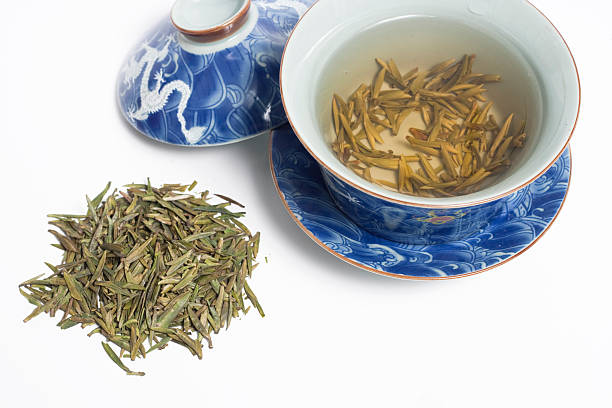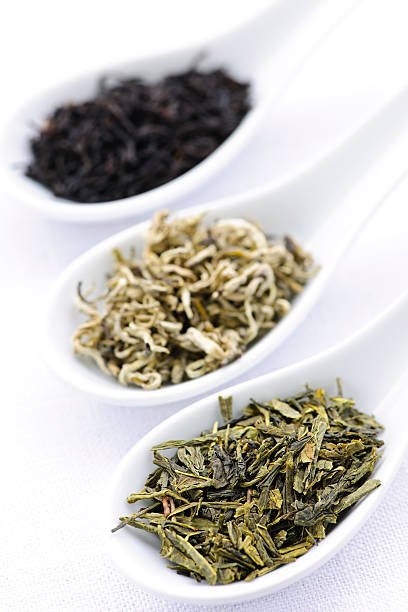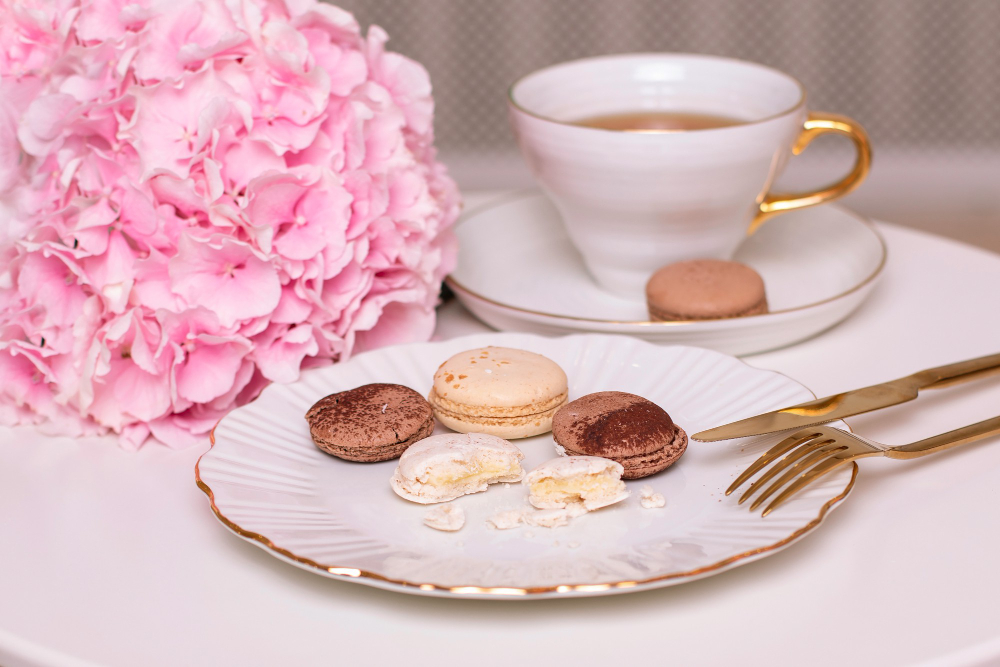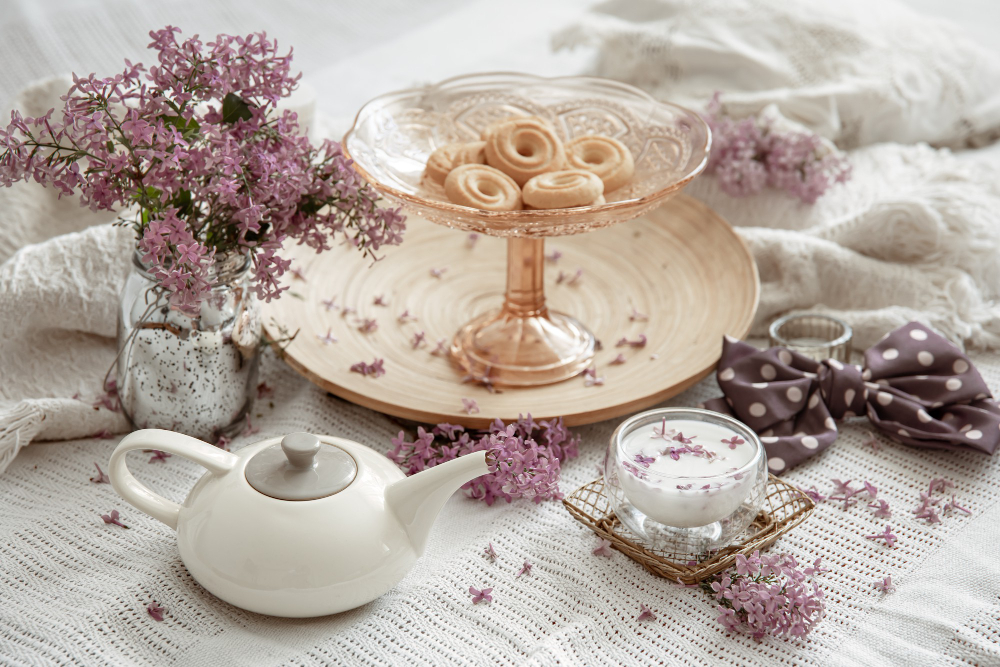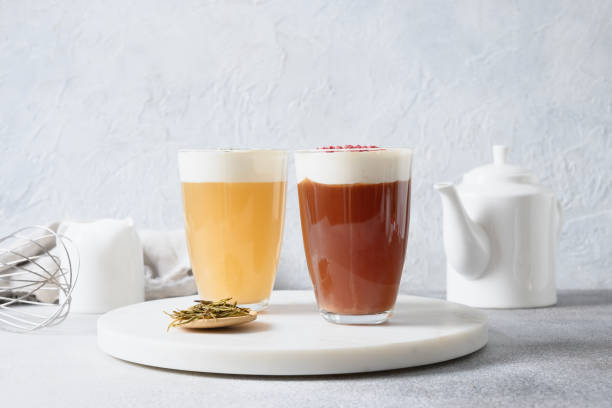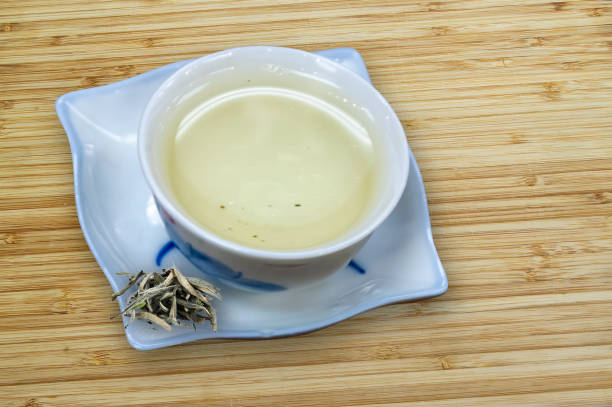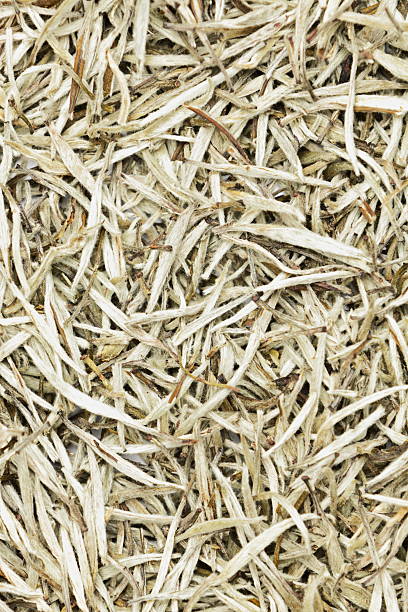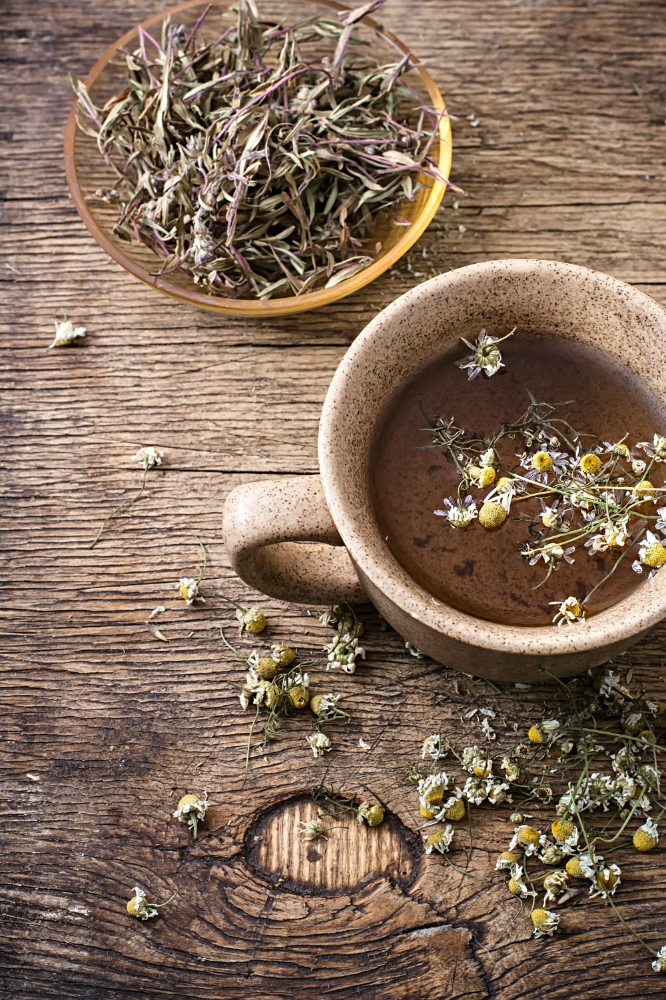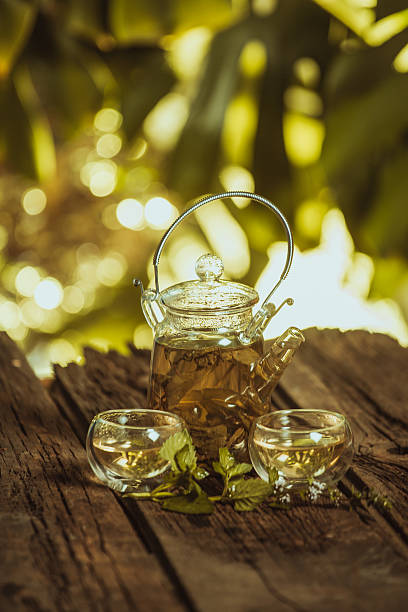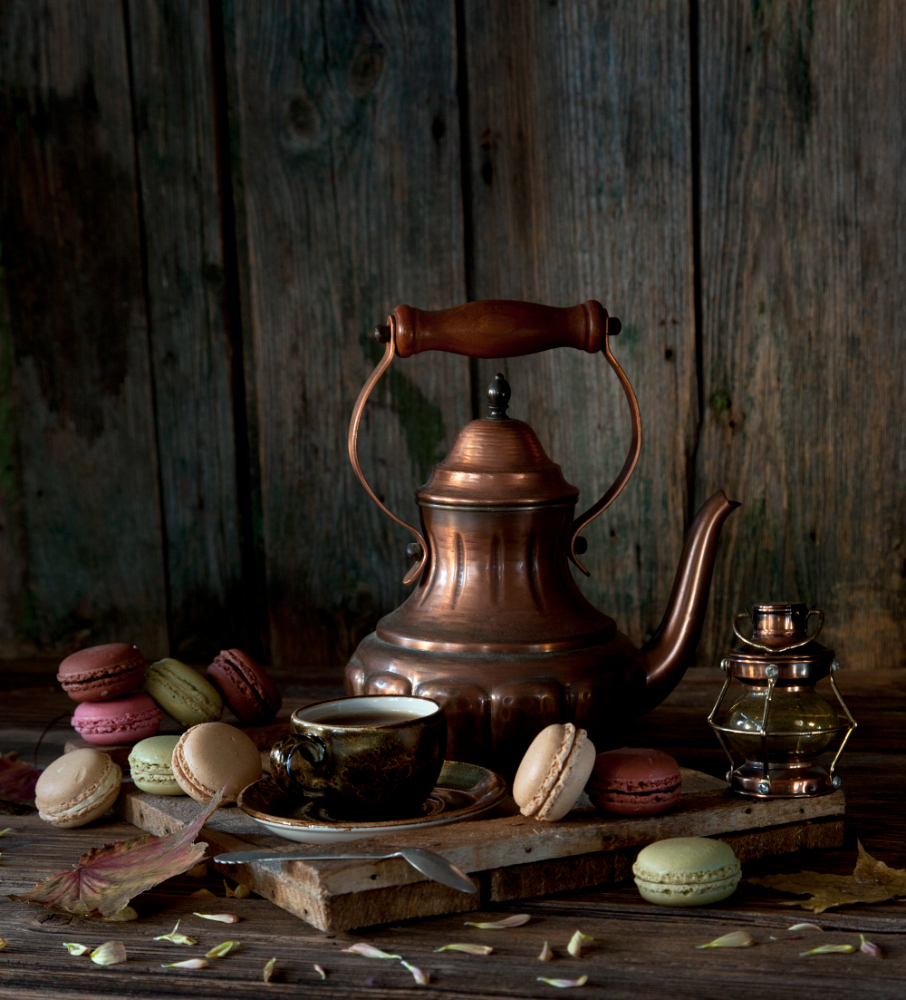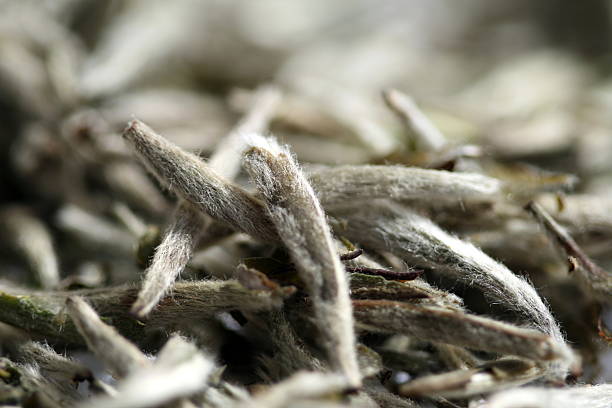- -10%
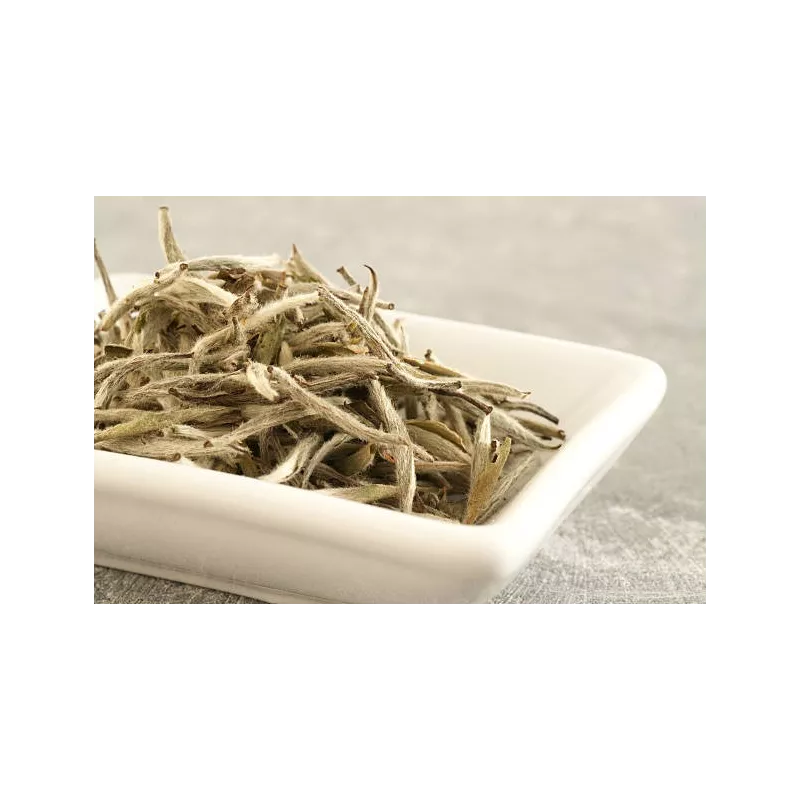
10% off sitewide at HECOSFAIR until 11-03-2025.
Every order helps life grow — a tree is planted in your name, offered by HECOSFAIR.
Free delivery for mainland France from 50€, from 99€ for Europe & from 199€ for countries outside Europe.















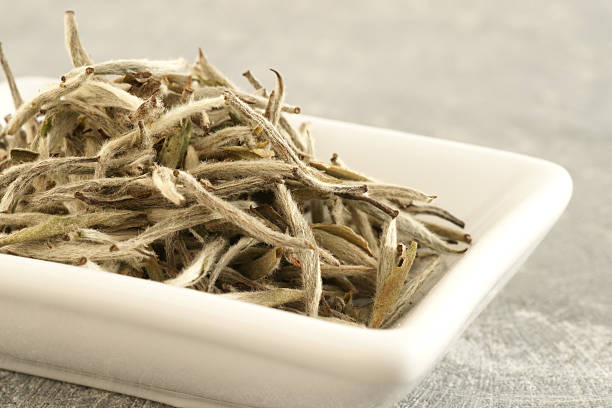
Let yourself be seduced by our exceptional Organic White Monkey tea, grown and processed by local Chinese producers.
White tea owes its name to the appearance of its leaves and buds covered with a silvery down.
It is slightly oxidized, about 12%.
To obtain these rare traditional wines, young leaves are picked with the buds.
They are dried in the sun, then baked at 100°C.
Very little processed, white tea therefore retains many of the properties of fresh tea.
It thus has a high content of antioxidants, polyphenols and vitamins.
To preserve its subtle fragrance, it is best to prepare it with lukewarm water.
It is a product from organic farming.
 Once the package has been opened, we advise you to keep the product in a cool, dry place, away from light and humidity, so that it retains all its nutritional and taste qualities.
Once the package has been opened, we advise you to keep the product in a cool, dry place, away from light and humidity, so that it retains all its nutritional and taste qualities.
Let 12 to 15g of tea infuse in 1L of boiling water (60-65°C) for 2-3 minutes.
 This product does not contain any allergens, however it may contain traces (eggs, soy, sulphur, nuts, etc.).
This product does not contain any allergens, however it may contain traces (eggs, soy, sulphur, nuts, etc.).
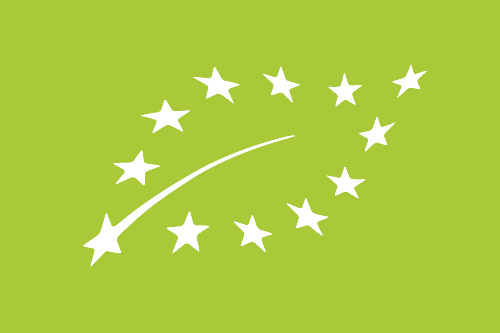
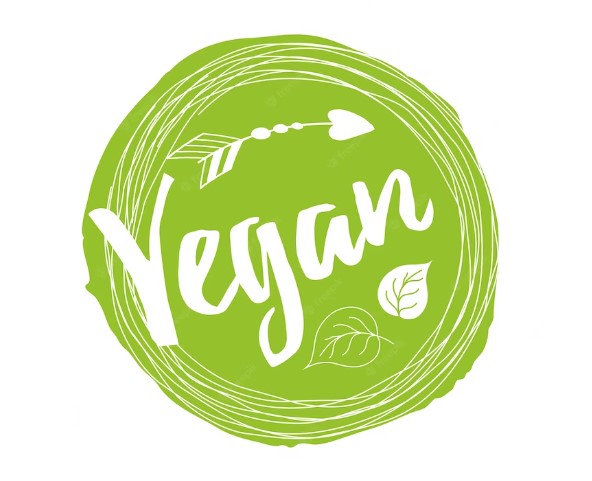


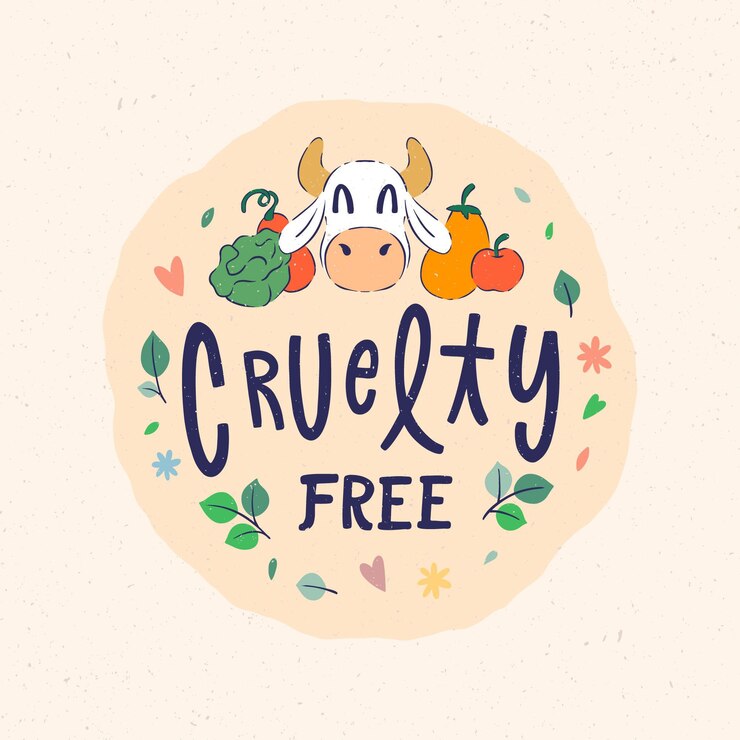

100% secure payment with PayPal & PayPlug – cards & 4x installments

Free delivery from €50 in France, €99 in Europe & €199 worldwide

Returns within 14 days (under certain conditions)
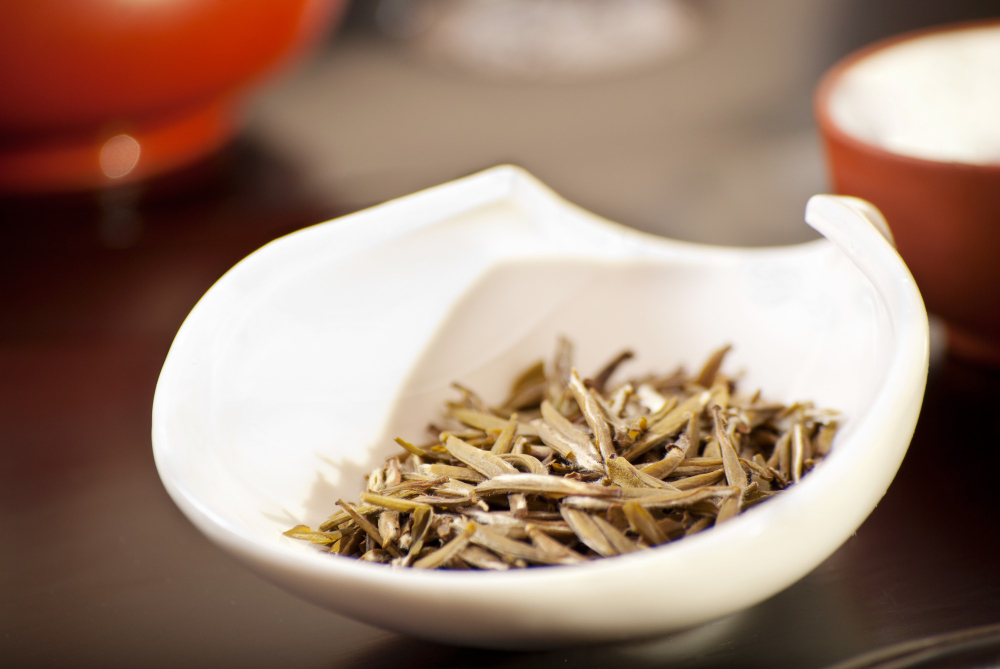
The way to heaven is through a teapot, says an English proverb.
Tea is an institution in the United Kingdom, but also in many other countries such as China, Japan, India, Turkey, Morocco...
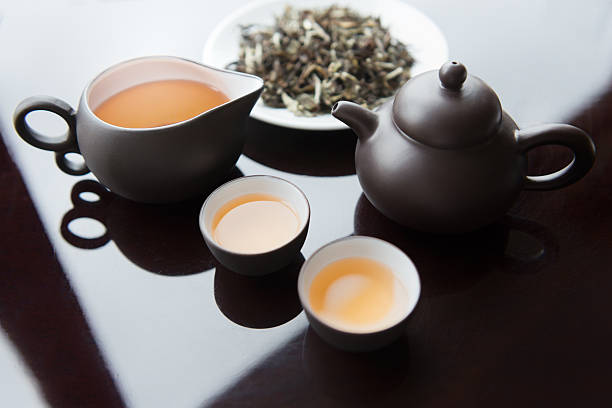
Tea has been a popular drink since ancient times, and its consumption spread to Japan and the Arab world in the 9th century and to Europe in the 16th century.
This aromatic beverage is obtained by infusing the dried leaves of the tea tree, a small shrub native to the Himalayas.
In the 20th century, tea is the most consumed drink in the world after water.
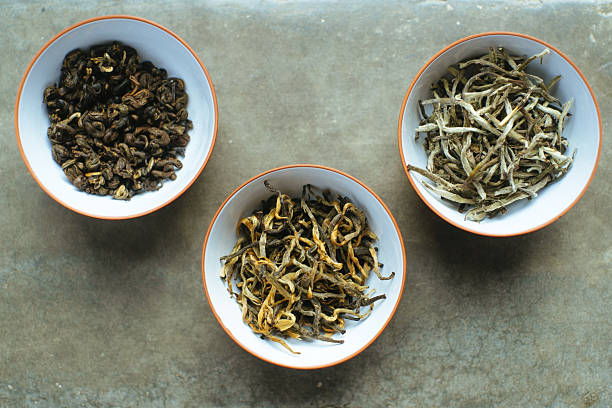
There is a wide range of this drink, aromatic, gustatory or thirst-quenching, obtained by infusion or percolation of water on various preparations from the small leaves and buds of the tea plant.
Its aroma and quality depend on the terroir, the method of cultivation and the transformations undergone after the harvest.
The teas obtained are differentiated by their "color": black, green, Oolong, yellow, white.
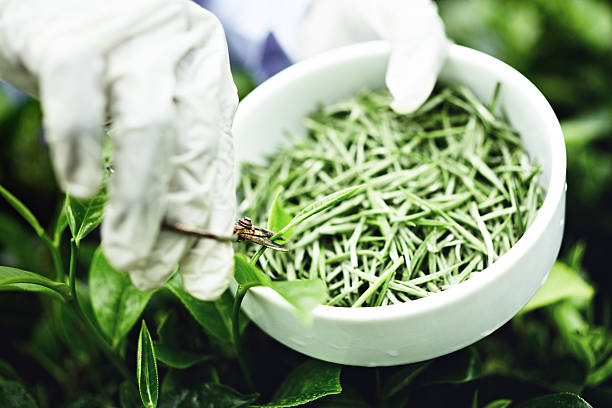
White tea (in Chinese: 白茶; in Japanese: 白茶) owes its name to the appearance of its leaves and its buds covered with a slightly silvery down.
It is a slightly oxidized tea, about 12%, according to the traditional ancestral method.
Its traditional wines are rare and often expensive, in particular the bai hao yin zhen (白毫银针) made exclusively from buds.
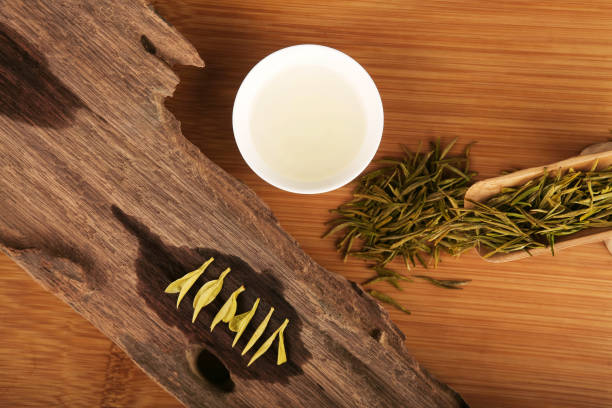
To obtain this tea, young leaves are picked with the buds. They are dried in the sun for several days thanks to withering, so that they gradually oxidize in a natural way.
They are then baked at a temperature of 100°C. This second stage, called desiccation, aims to stop the oxidation.
Unlike green tea, there is no roasting or rolling. White tea leaves therefore retain many of the properties of fresh tea leaves.
Minimally processed, white tea has a high content of antioxidants, polyphenols and vitamins. To avoid chasing its rather subtle fragrance, it is best to prepare it with water at a low temperature.
